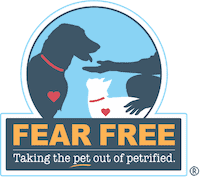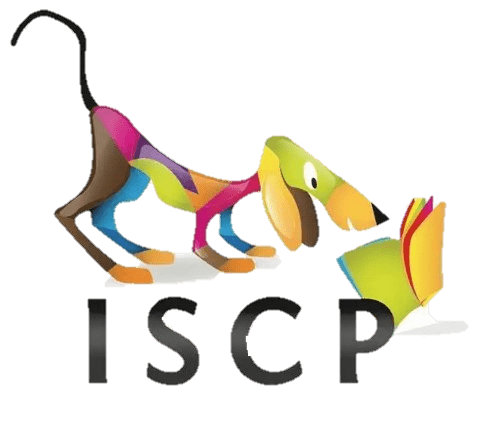Playtime! A great time to vent energy.With the right toys and play, alot of bad behaviours can be reduced. From destructive biting, to jumping and aggression. If done right, trainings can be done with play as a reward.
Types of Toys?
So what types of toys should you choose? There are no wrong choices, general rule of thumb, no loose parts that can be swallowed, non toxic. Toys should always be played supervised to prevent parts from dislodging.
Depending on your dogs preference, how much of a chewer he/she is and preference for materials, your choices may differ. We recommend trying a range to decide what works.
Tip 1: Dogs, like kids, get bored of toys easily. Rotate for longer lasting toys!
Tip 2: We highly recommend toys that have are a cross between different categories e.g. a squeaky toy with a rope attached.
1. Chew Toys
These are essential! Especially if you have a young pup. The shape rarely matters, though you do want to consider the size that would fit comfortably in your pups mouth. We find texture helps, so think spikey surfaces or twists and turns, even sounds and smells.
2. Balls
Balls are a staple for some dogs! The key to finding the right ball? Think:
- Texture: smooth, tennis ball texture, with spikes?
- Size: You’ll be surprised how size makes a huge difference. Choose one that fits comfortably into your dogs mouth. Not too small such that it gets swallowed and stuck in the oesophagus.
- Soft or hard: Whether the ball can be depressed or not.
3. Rope toys
Durable and great for tug of war! Great for high energy dogs to vent some energy.
Get your pup interested enough to bite one end while you tug on the other. When playing with these, its a great opportunity to teach your pupper to “leave it” reliably to prevent aggressiveness.
Tip: Need help teaching “Leave It”? We truly enjoy the following video on teaching the trick yet retaining the fun element! https://www.youtube.com/watch?v=hQdg0qOVik0
4. Soft toys
Pick toys with no hard loose parts that may dislodge. We generally don’t prefer toys with ‘fur’ like coverings either.
We find soft toys are a great comfort for pups. We recommend choosing different materials, with squeakies to entice play.
Tips: Should you have a humper on hand. Buy a large enough soft toy to redirect his/her attention to the toy instead of your leg/hand.
5. Rubber squeakies
There are so many shapes and sizes to choose. Sometimes the simplest looking toys are the best. Durability varies, so pick according to your dog’s chewing habits. In general, thick rubber is best for aggressive chewers. Thinner vinyl or plastic toys are better for mild chewers or if you will be supervising play at all times. The benefit of thinner squeaky toys is that they are often very inexpensive. The downside is that they don’t typically last very long.
6. Discs
These are iconic with large dog breeds like retrievers and running breeds. The disc has a little more versatility. Vary the speed of the disc to change direction. This variety can further challenge your dog and prevent boredom.
7. *Food dispensing toys
These are great should you need your pup to self-entertain for a bit. Great for mental stimulation, fun and to vent some energy. The downside to these toys, could be a messy affair, especially when done indoors. Think LickiMats and similar.
Tip: Put different textures into your food dispensing toy and freeze it for a good challenge.
8. Interactive puzzle
A must have in all households! Similar to food dispensing toys, these interactive puzzles have built in pockets for dogs to retrieve treats. There are varying levels and these toys may be a tad bit expensive.
Tip: Home made toys are simple enough to do (though naturally not as lasting). think, treats placed in a cardboard box, holes in a water bottle for treats to roll out of. The options are endless.








